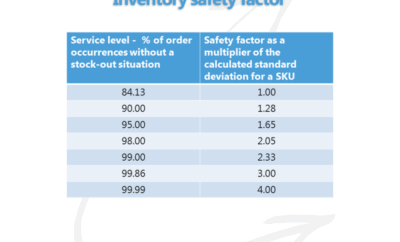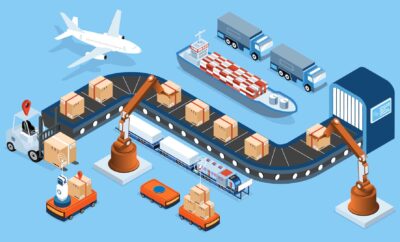
Logistics
Addressing Horse Problems in Supply Chain Management
How Complexity in the Supply Chain Can Lead to Major Headaches
Supermarket chains and brand companies across Europe are facing a significant supply chain challenge. Recently, frozen meat products were found to contain more than 60% horse meat, despite packaging claiming ‘pure beef.’ This incident highlights a serious issue within the supply chain, where complexity can create problems that are difficult to control.
The True Cost of Supply Chain Complexity: More Than Just a Recall
The immediate financial impact of removing products from shelves and sourcing replacements is direct—about one-third of the total recall cost. However, the more significant loss lies in reputation. When consumer trust in a brand or retailer is damaged, rebuilding that trust requires significant time, money, and effort.
Consumers often believe that large supermarket chains and brand companies have control over their supply chains. However, this case demonstrates how that perception can be far from reality.
Unpacking the Meat Supply Chain: A Web of Complexity
The supply chain in this case involves multiple layers of suppliers. Working backward from the final product:
-
Brand Companies and Supermarkets in Europe purchase frozen meat products from an assembler based in France.
-
The French Assembler sources its beef (labeled 100% French beef) from a meat wholesaler, also based in France.
-
The Wholesaler sources the meat from a consolidator in Cyprus.
-
The Cypriot Consolidator purchases meat from a trader in Holland, who sources it from an abattoir in Romania.
Where the cattle and horses originally came from remains unclear, illustrating just how difficult it can be to trace the origins of ingredients in today’s complex supply chains.
What Can You Do to Avoid Supply Chain Disasters?
As a buyer of finished products, you might ask your supplier where the meat comes from, and they’ll likely tell you it’s from a wholesaler in France. However, do you follow up with the wholesaler to confirm the supply situation? Likely, no. In a typical supply chain, testing of products for specifications only happens on a random basis due to the sheer volume of orders arriving at distribution centers each week.
This example highlights a critical issue: Even large businesses cannot fully “manage” their supply chains. They may have strong relationships with tier-one suppliers but often lack full visibility into the extended supply chain. This lack of control becomes painfully apparent when a recall occurs.
Supply Chain Excellence: Traceability and Risk Mitigation
When a recall happens, the real measure of supply chain excellence lies in how quickly products can be removed from shelves, replaced, and how effectively consumers can be reassured. To achieve this, businesses need a robust traceability system and a risk mitigation strategy in place.
Conclusion: Navigating the Risks of Supply Chain Complexity
This horse meat scandal underscores the importance of understanding and managing supply chain complexity. It’s crucial for businesses to assess and mitigate risks within their supply chains before a disaster occurs. While large businesses may be able to manage their direct relationships with suppliers, achieving full visibility and control over the entire supply chain requires a special set of skills and tools.




0 comments